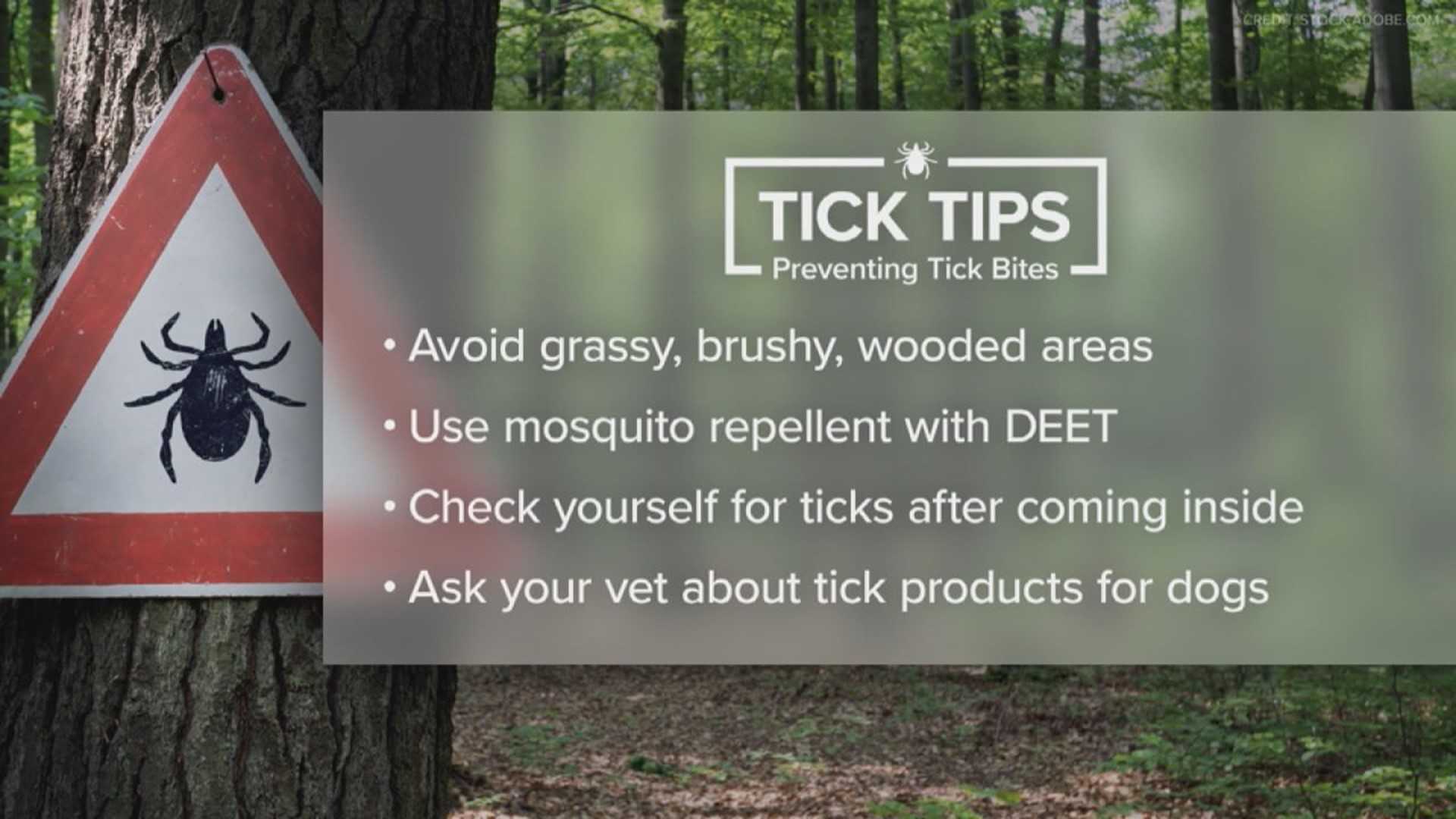Health
Tick Bite Risks Increase as Summer Draws Outdoor Enthusiasts

LINCOLN, Neb. (KOLN) – As summer temperatures rise, people across the U.S. are spending more time outdoors, which brings an increased risk of tick bites. Every year, around 31 million Americans are bitten by ticks, leading to a rise in tick-borne illnesses like Lyme disease.
The peak tick season in Nebraska runs from April to October, according to Kait Chapman, an Extension Educator at the University of Nebraska-Lincoln (UNL). Chapman warns that tall grass and wooded areas are common hiding spots for these pests.
“Wearing tick repellent and tucking your pants into your socks can help protect you from bites,” Chapman advised. When checking for ticks, key areas to examine include the back of the ears, around the belly button, and behind the knees.
Identifying the type of tick that has bitten you is crucial, as different ticks carry various diseases. The American Dog Tick, for example, can transmit Rocky Mountain fever. Currently, Nebraska has fewer than six reported cases of this illness.
In New York City, ticks are also becoming a significant urban threat. Maria Diuk-Wasser, a disease ecologist at Columbia University, reports an alarming increase in tick populations across areas like Staten Island and Queens.
“We’ve found many more ticks in parks and backyards over the last few years,” Diuk-Wasser said. The rise of ticks aligns with warmer climate conditions, which extend their active seasons.
Additionally, ticks can hitch a ride on local wildlife, such as deer, as they move into urban parks. Diuk-Wasser notes that as more deer venture into cities, the tick population inevitably rises.
In Michigan, the Department of Agriculture is urging residents to take preventive measures against ticks. With more than 20 species of ticks in the state, MDARD emphasizes keeping yards and pastures clear of these pests.
“Preventing tick bites is the best way to avoid tick-borne diseases like Lyme disease,” advised Dr. Natasha Bagdasarian, Chief Medical Executive for the Michigan Department of Health.
As ticks expand their habitats, experts warn people to remain vigilant, not just while hiking but also in urban parks. Overall, increased awareness and protective measures are vital as tick activity continues to rise.












